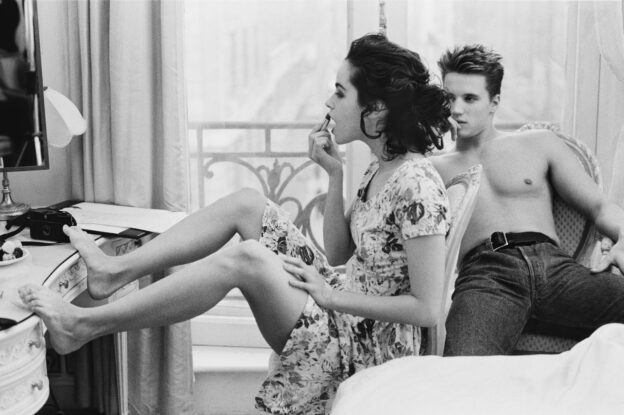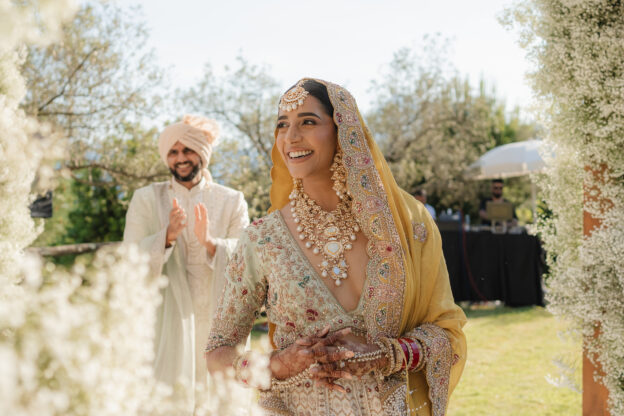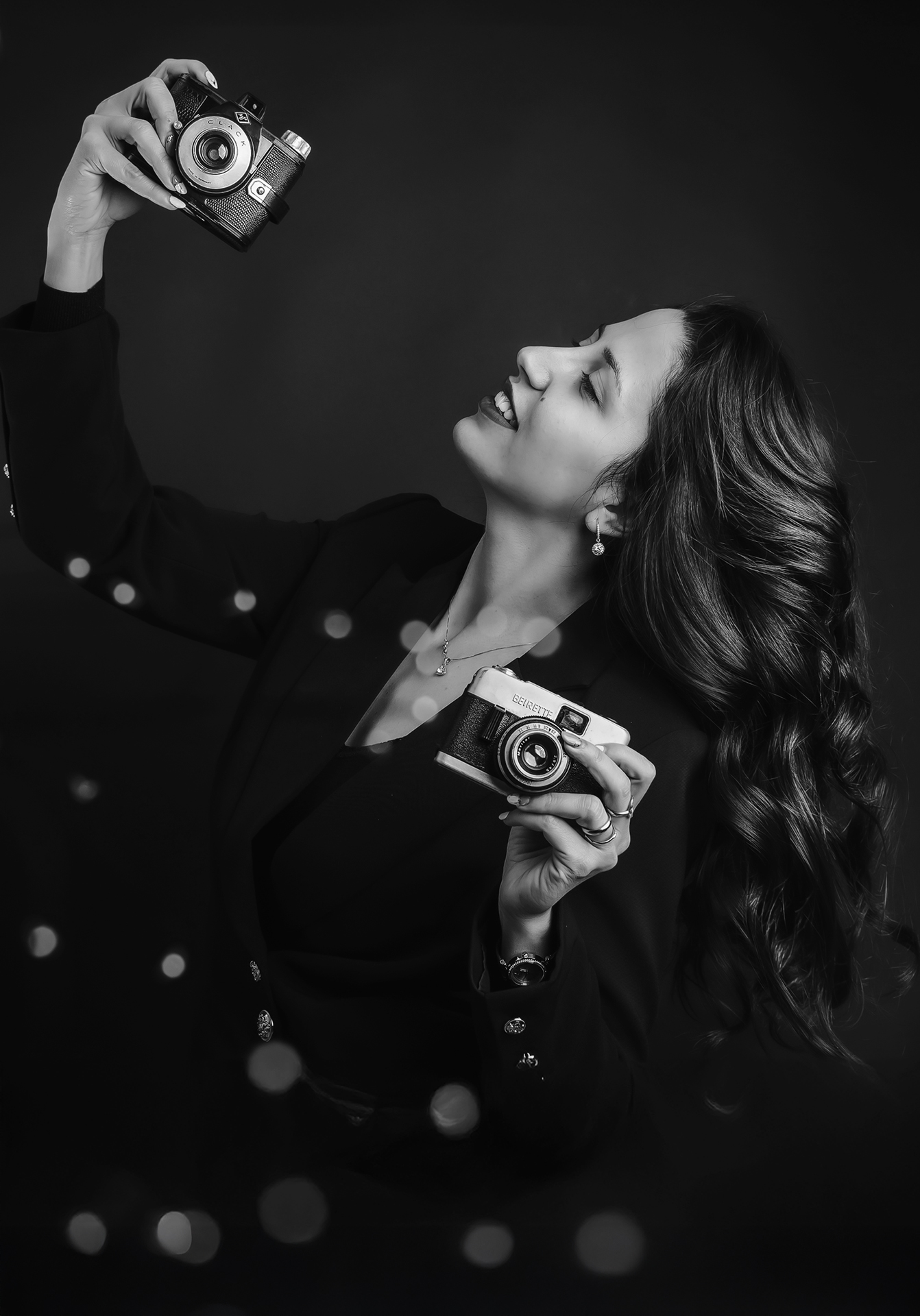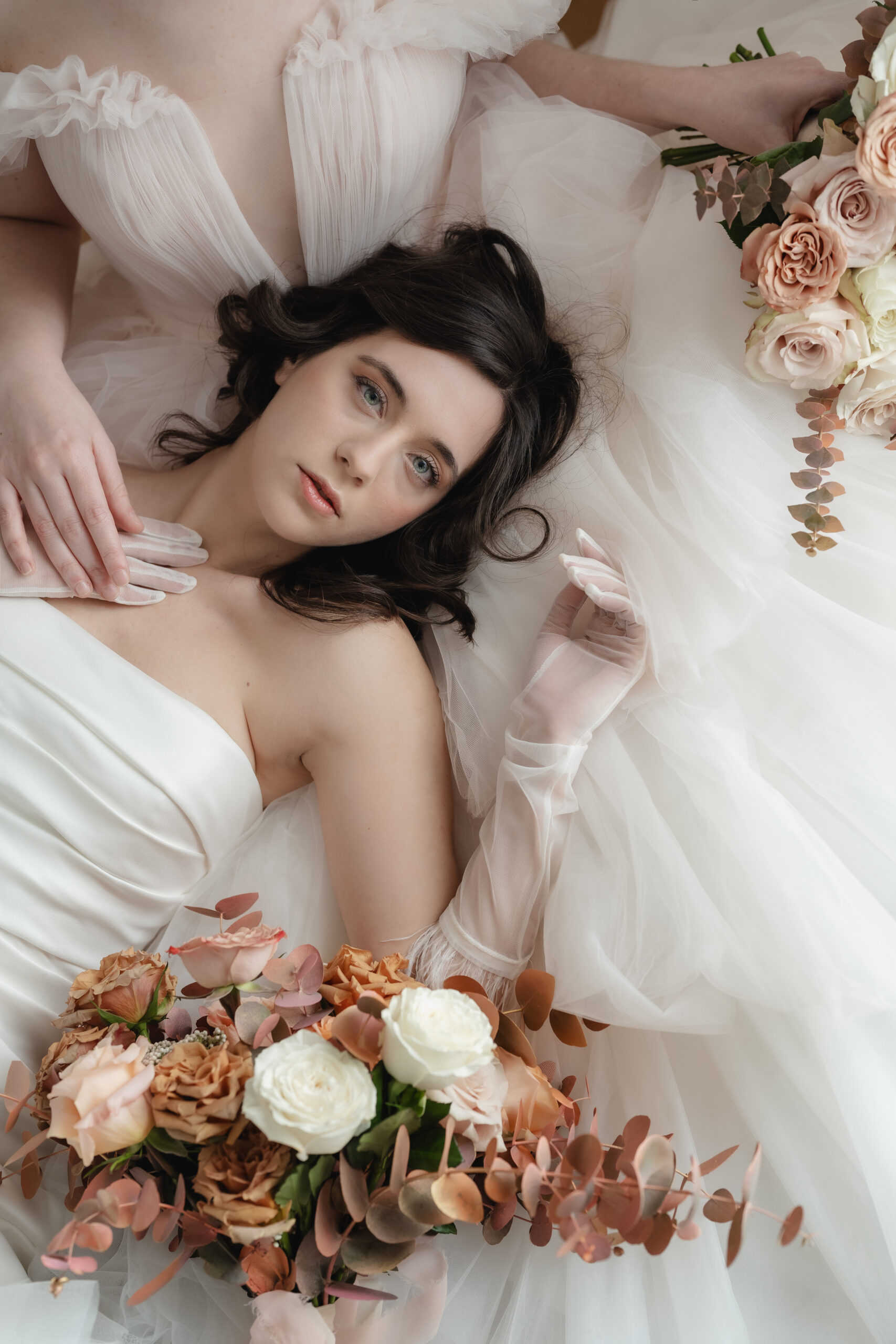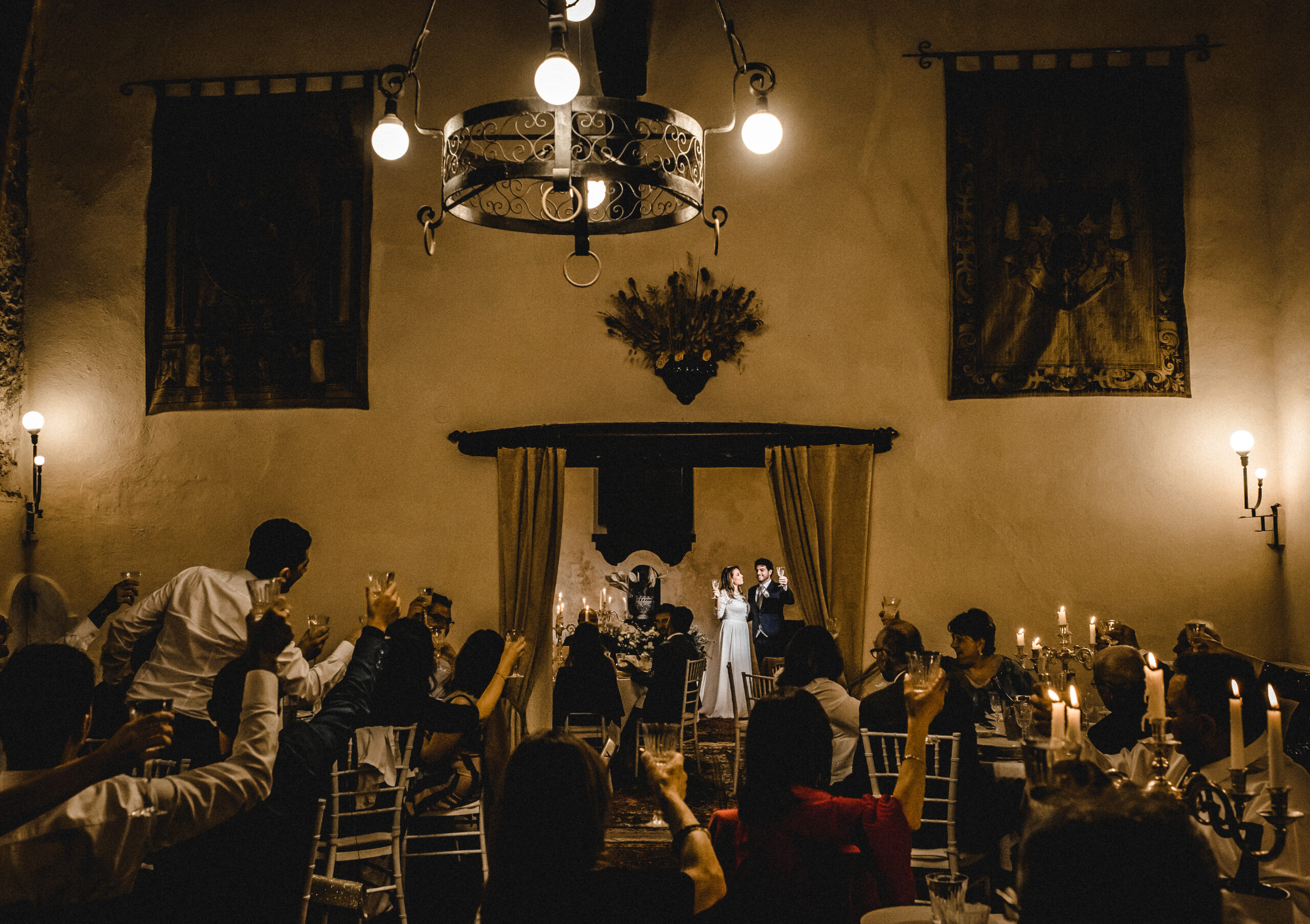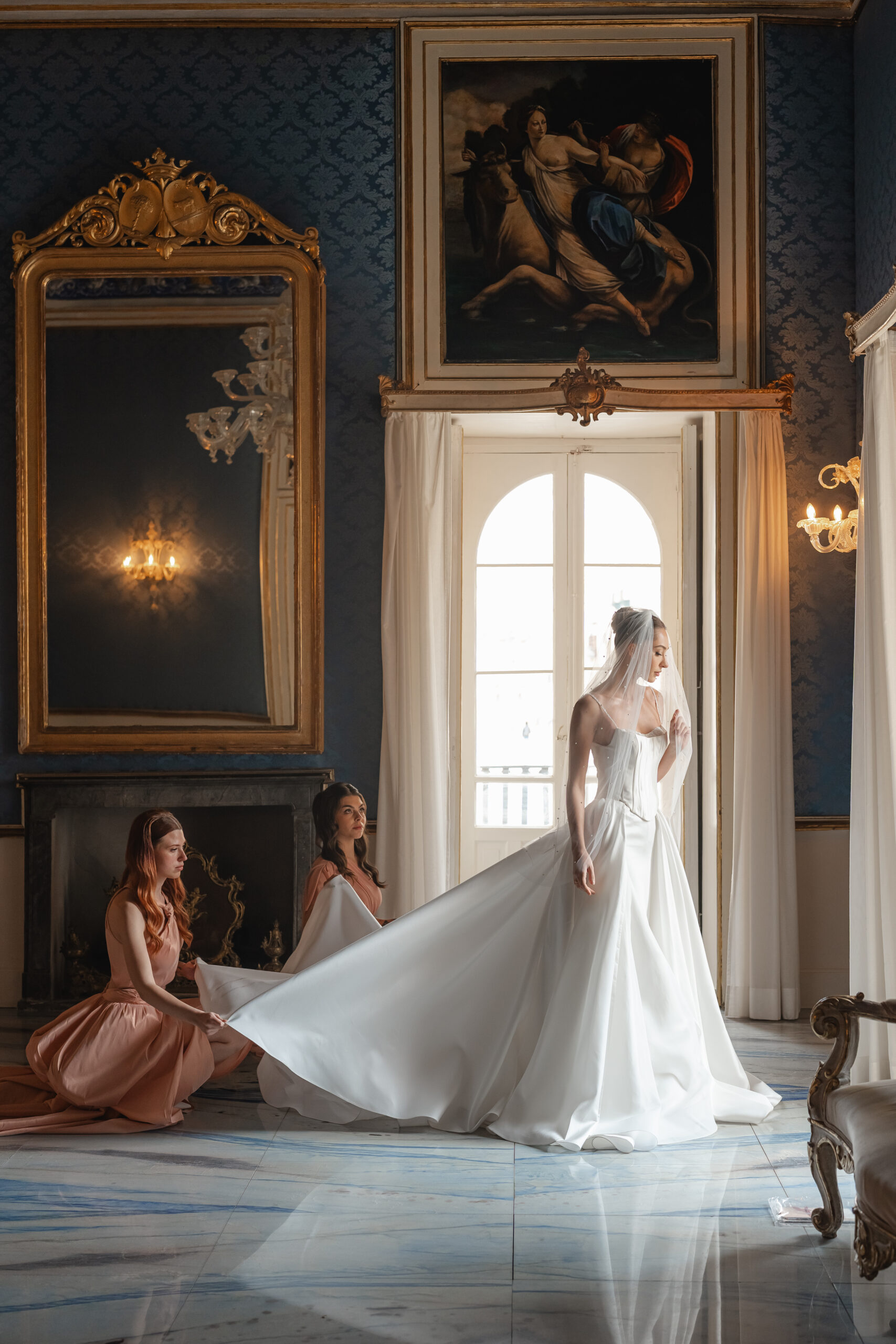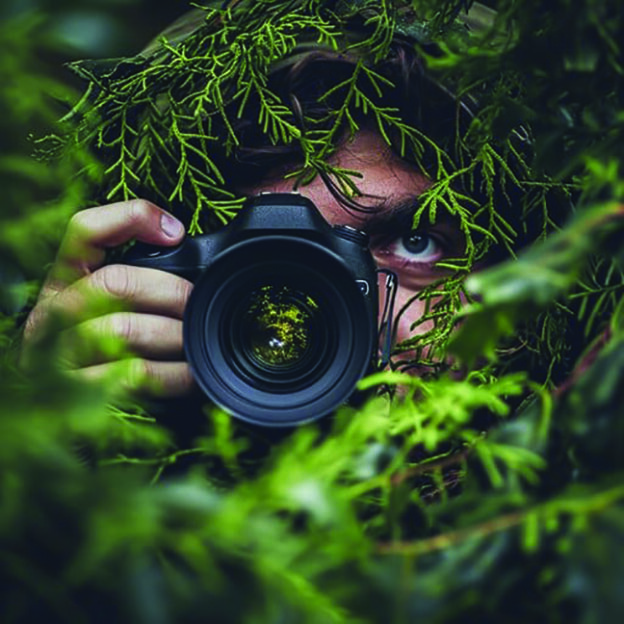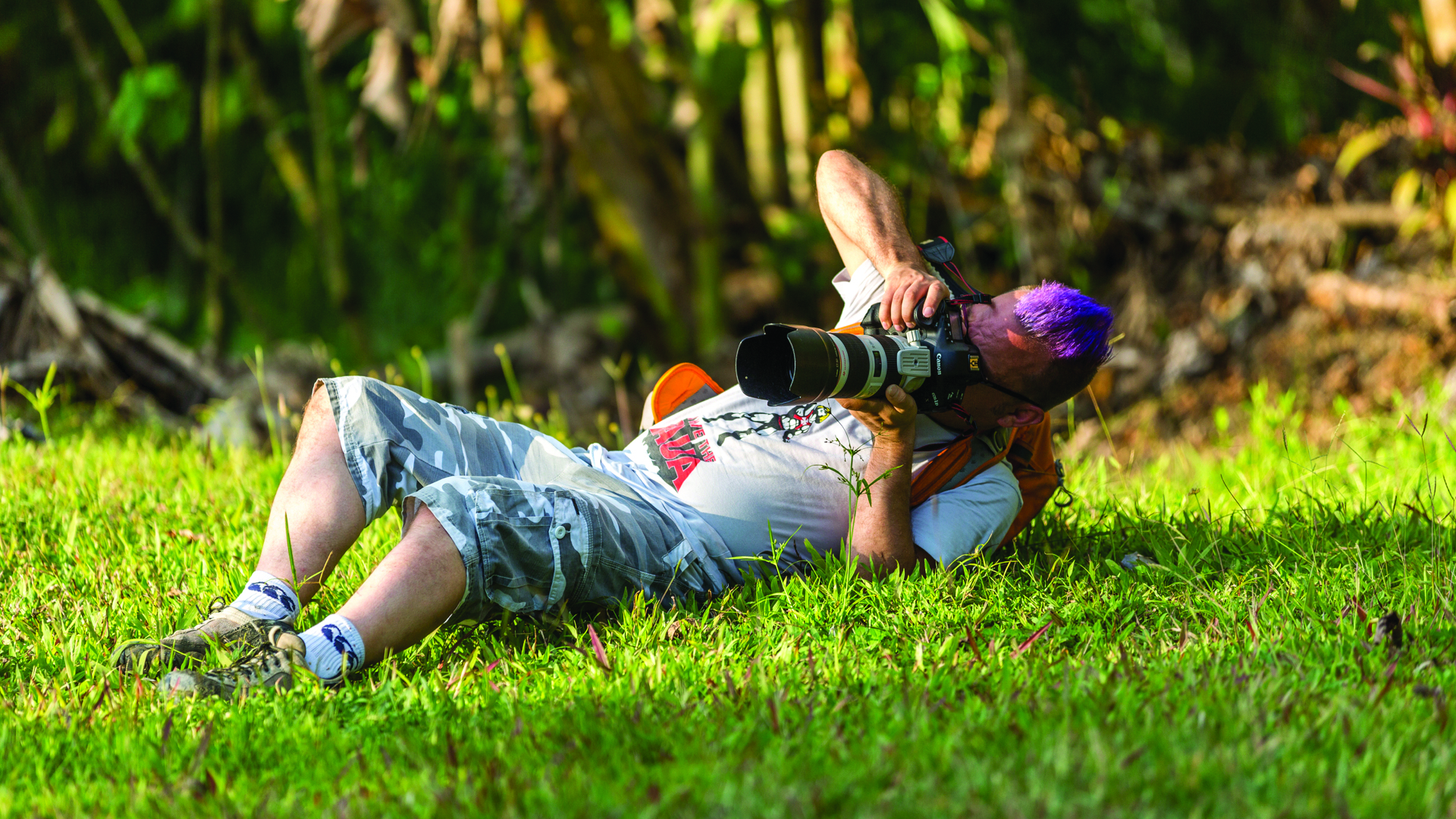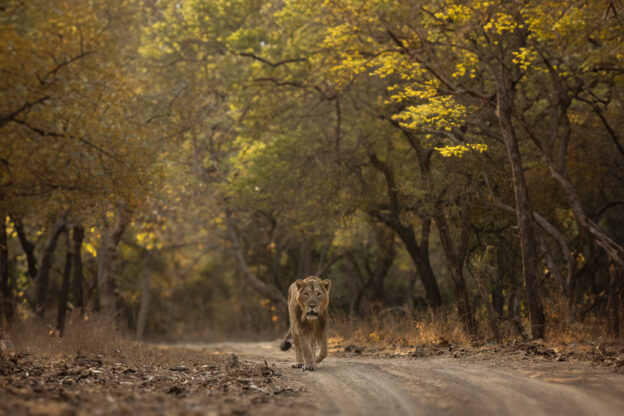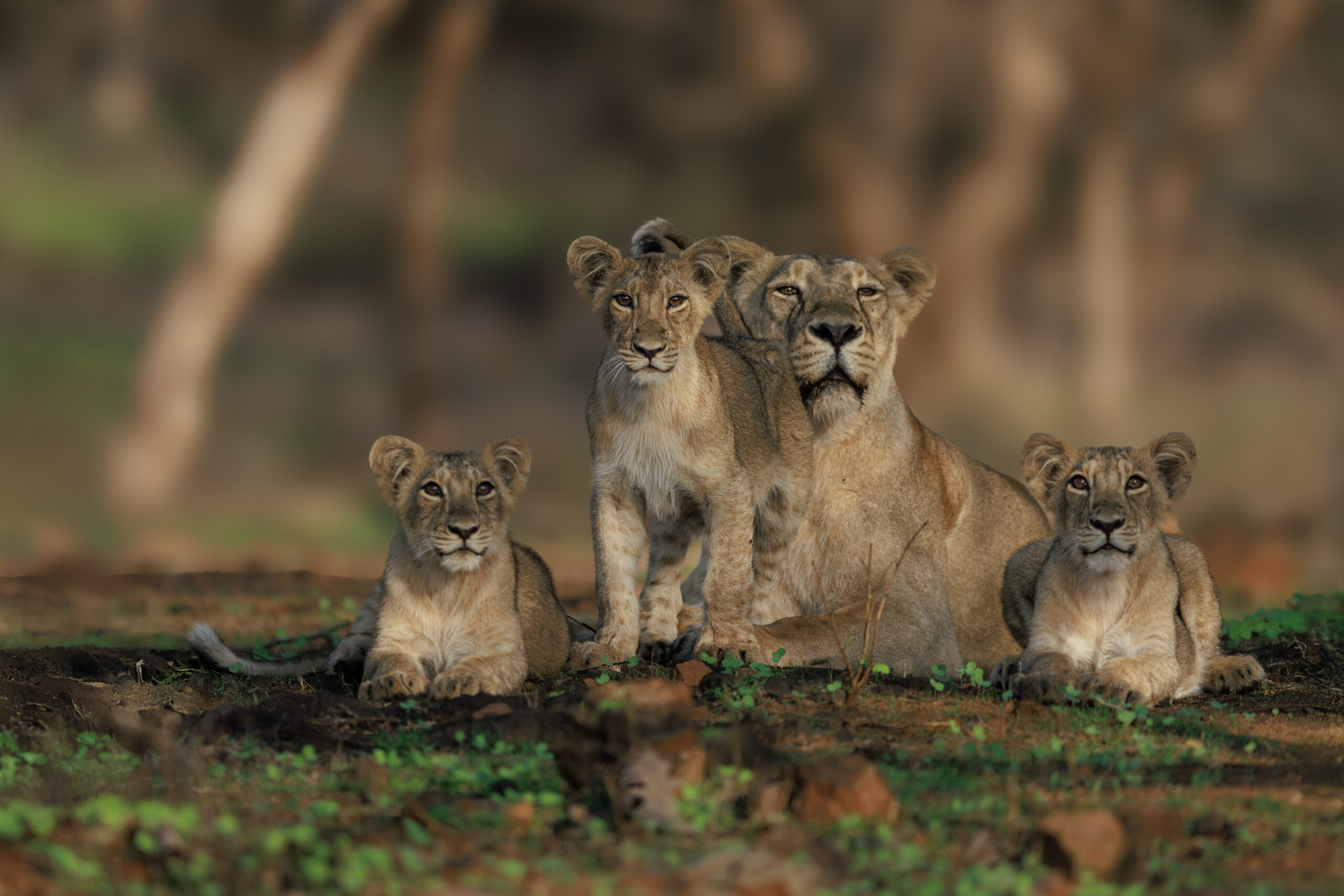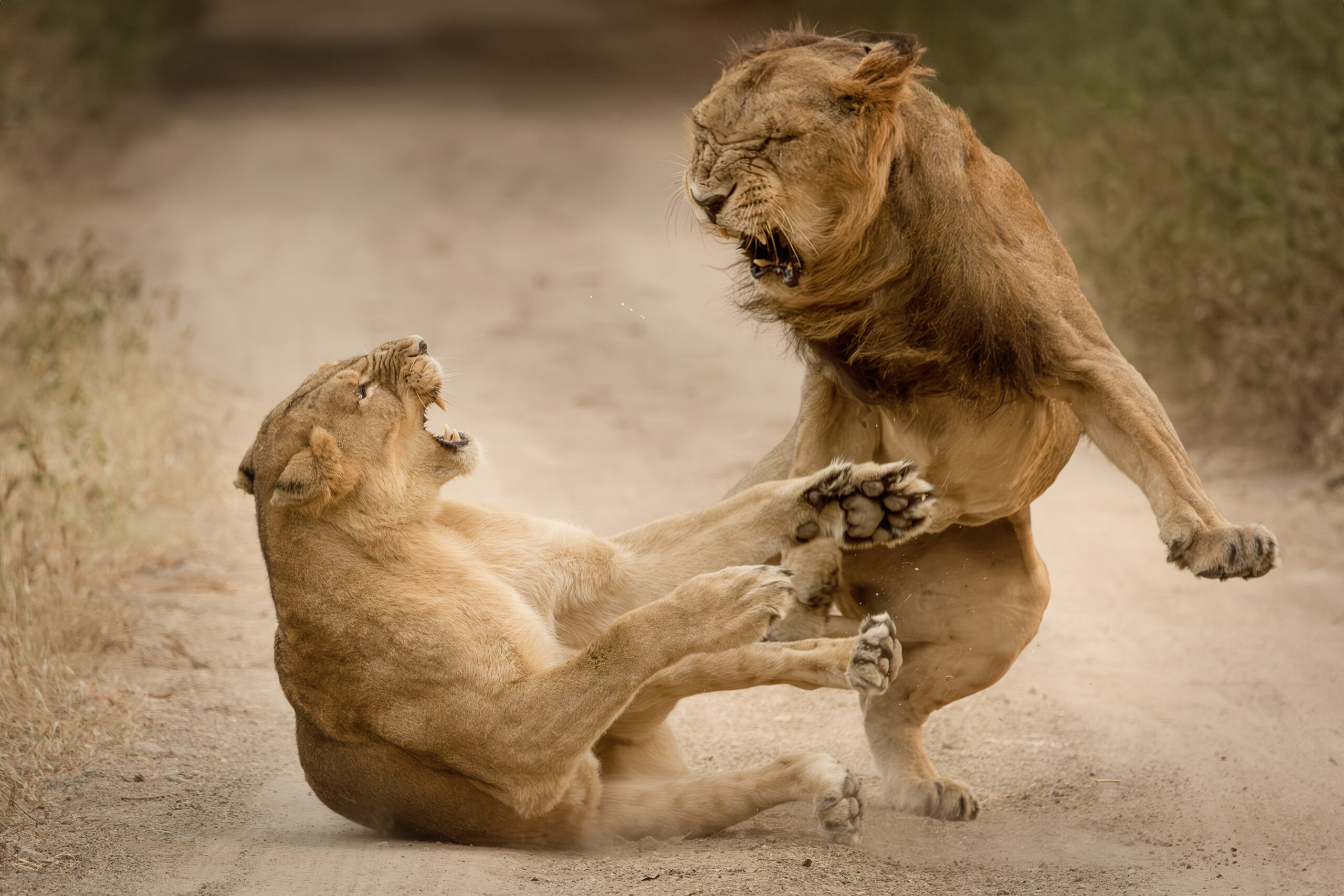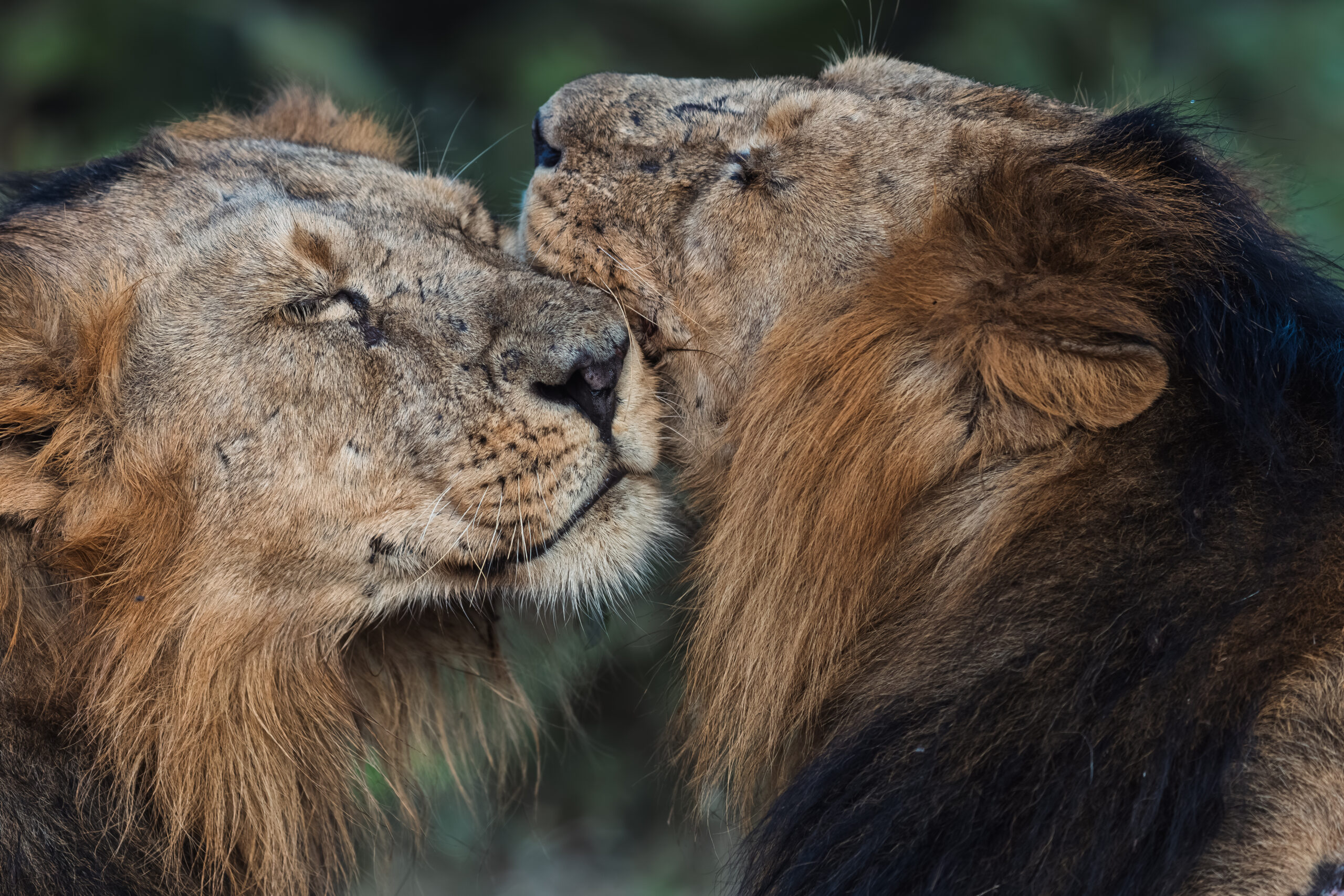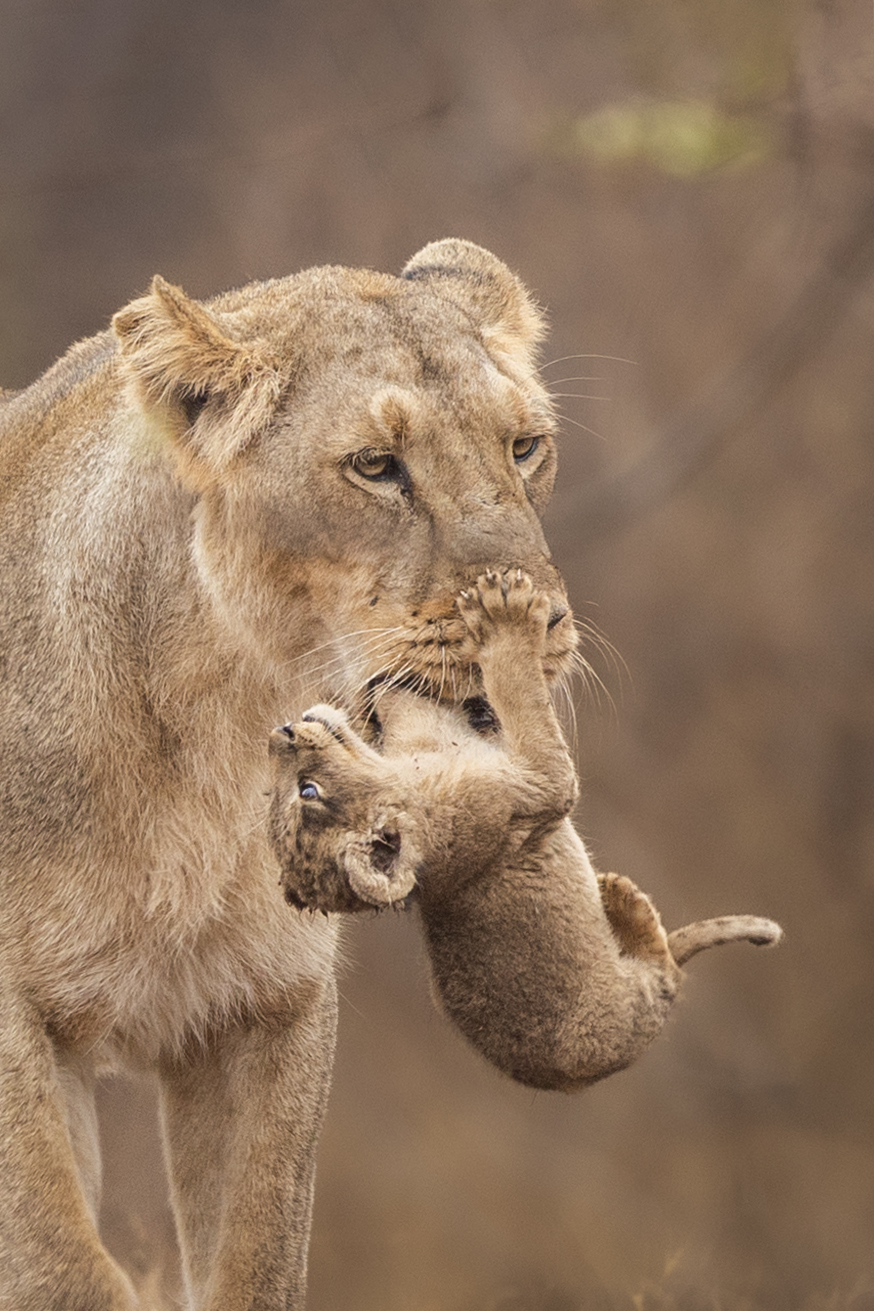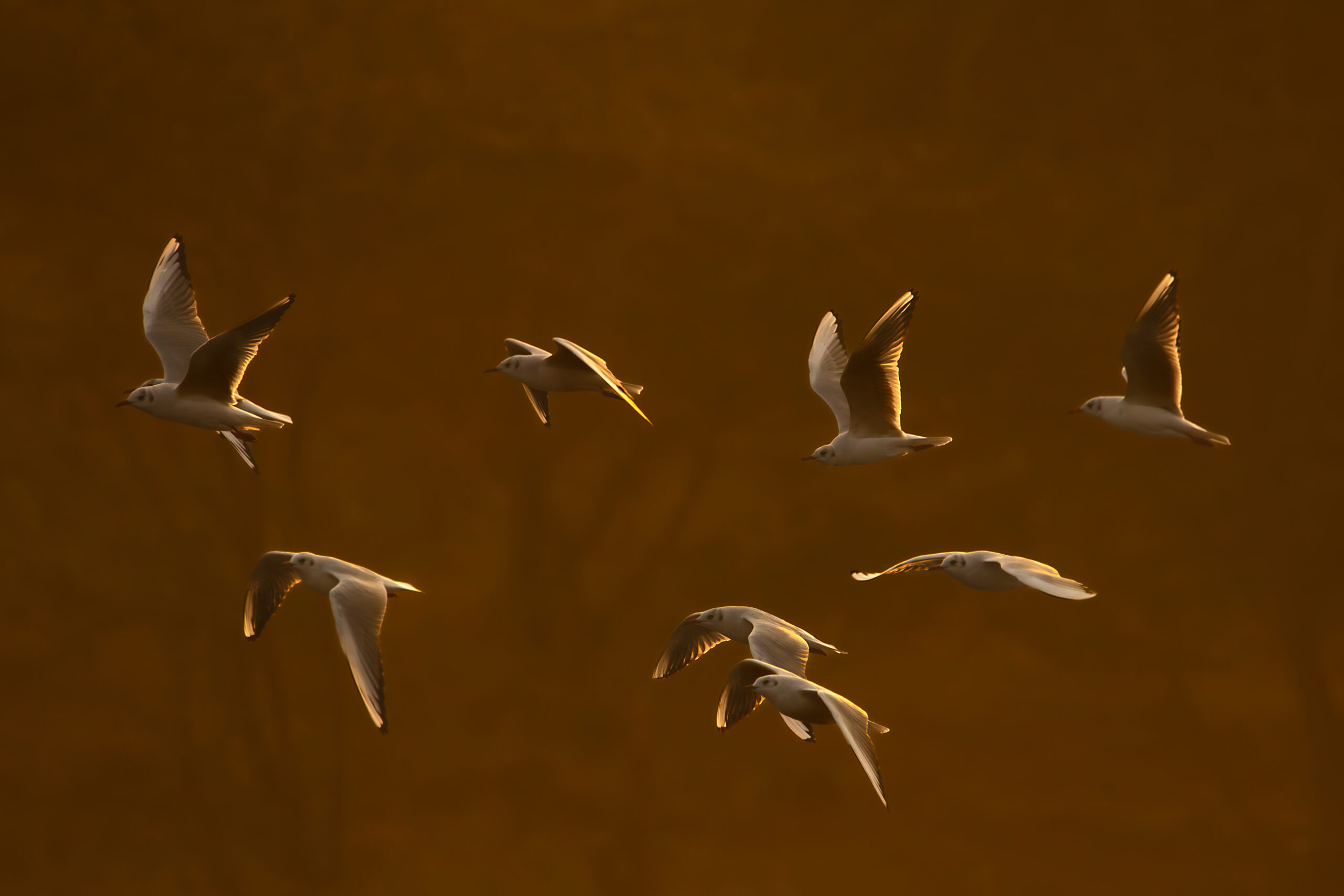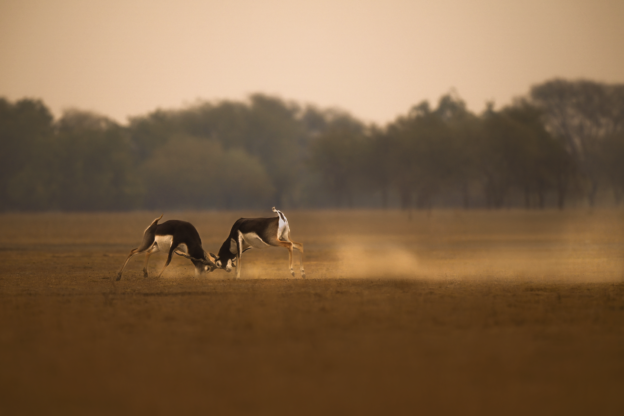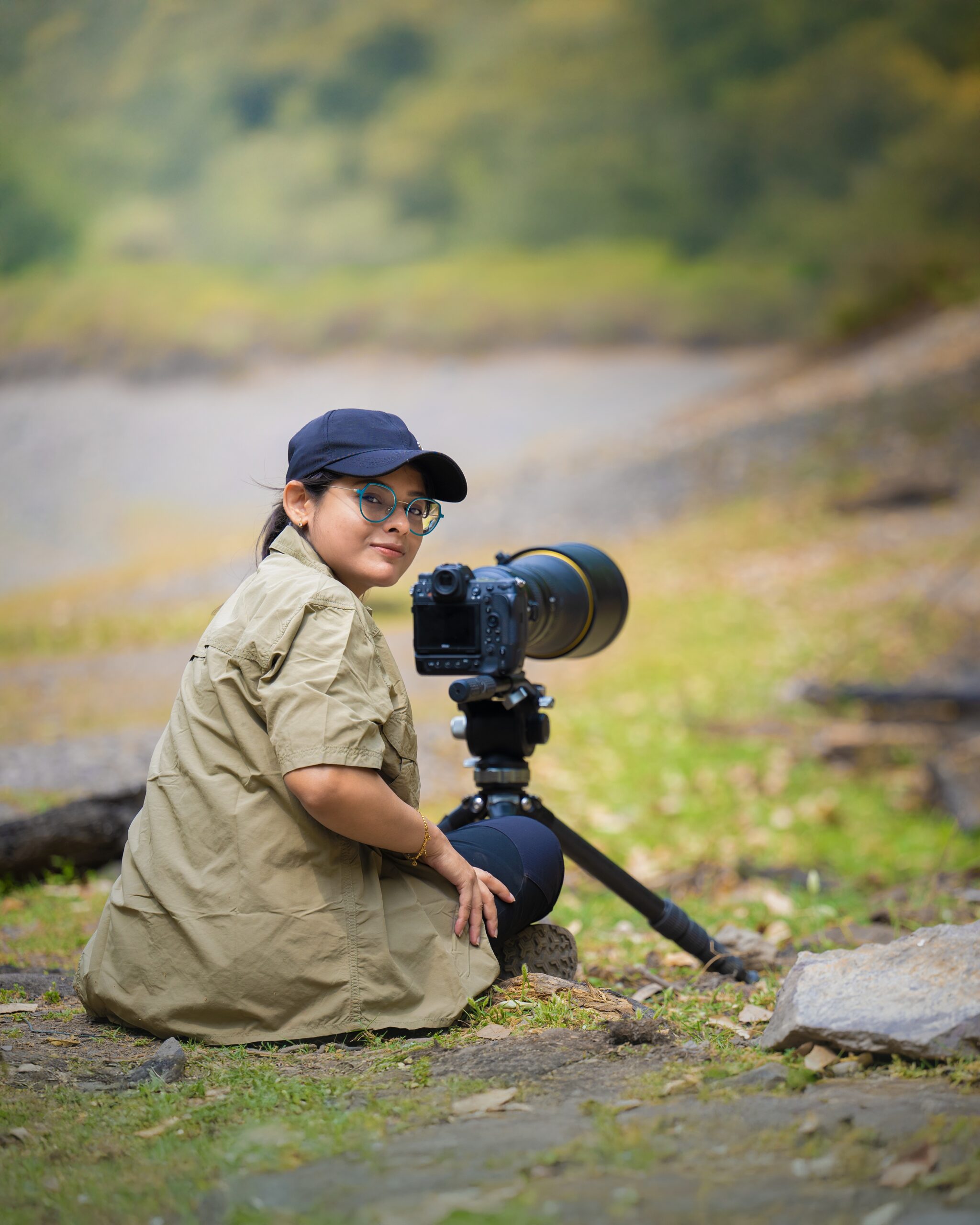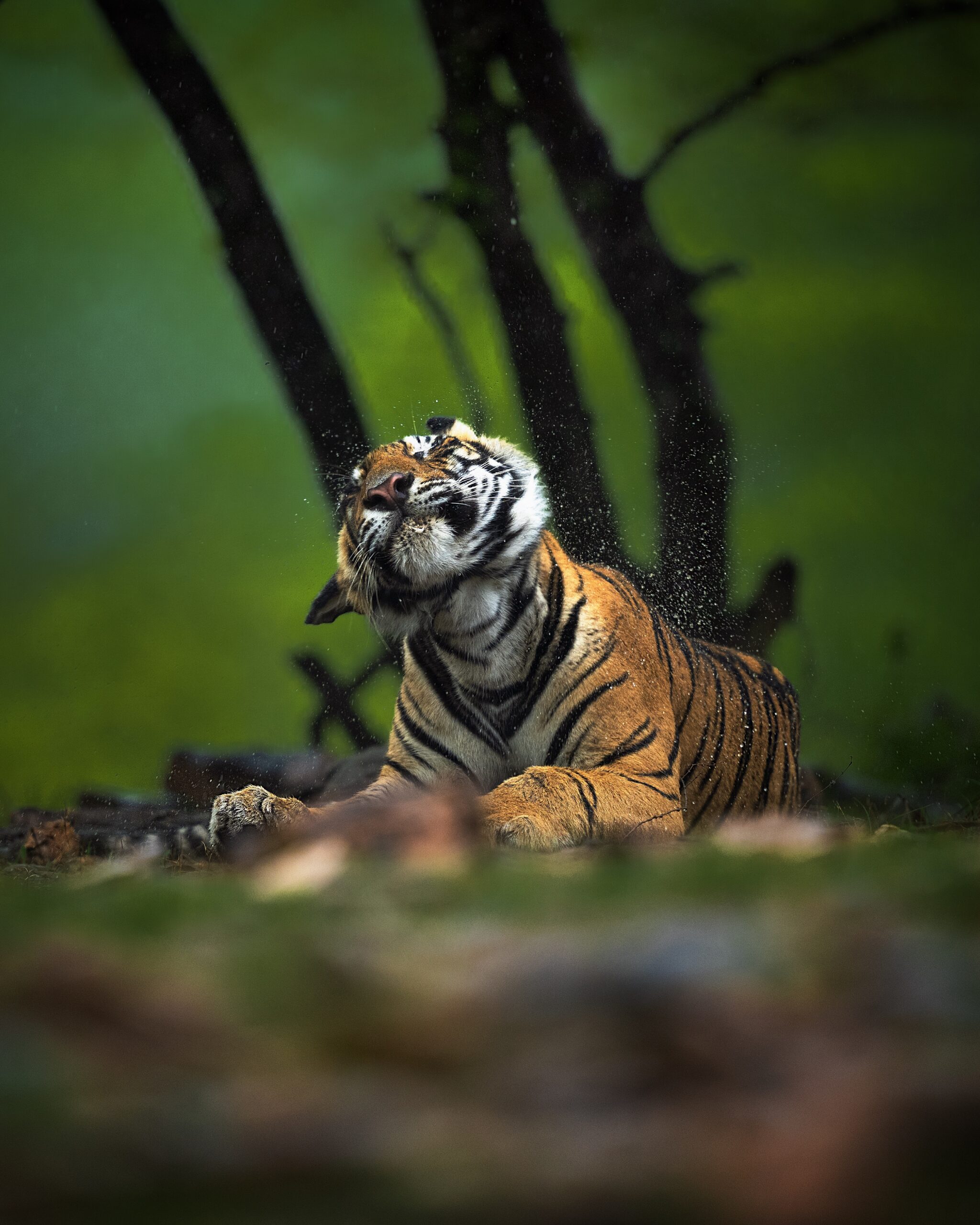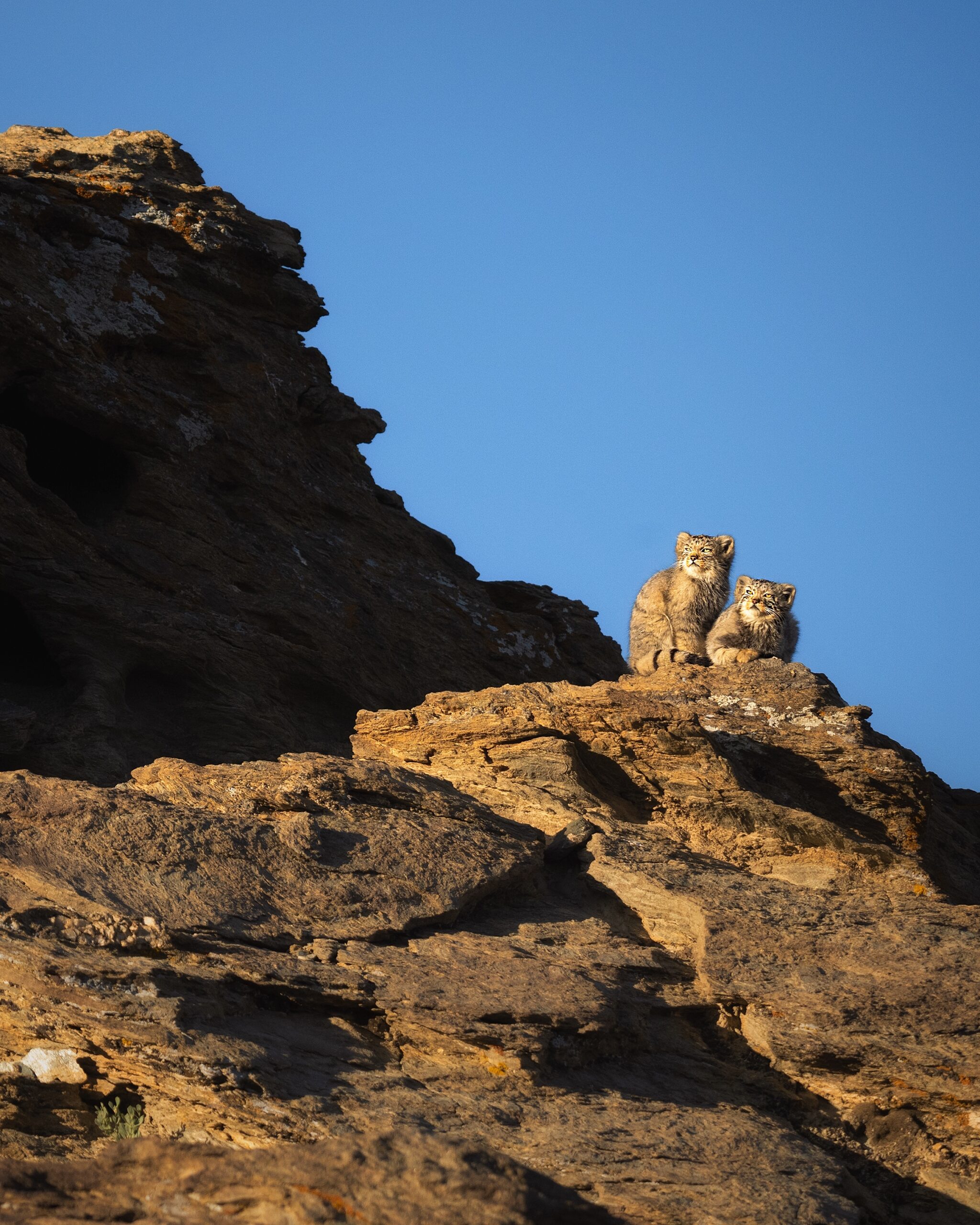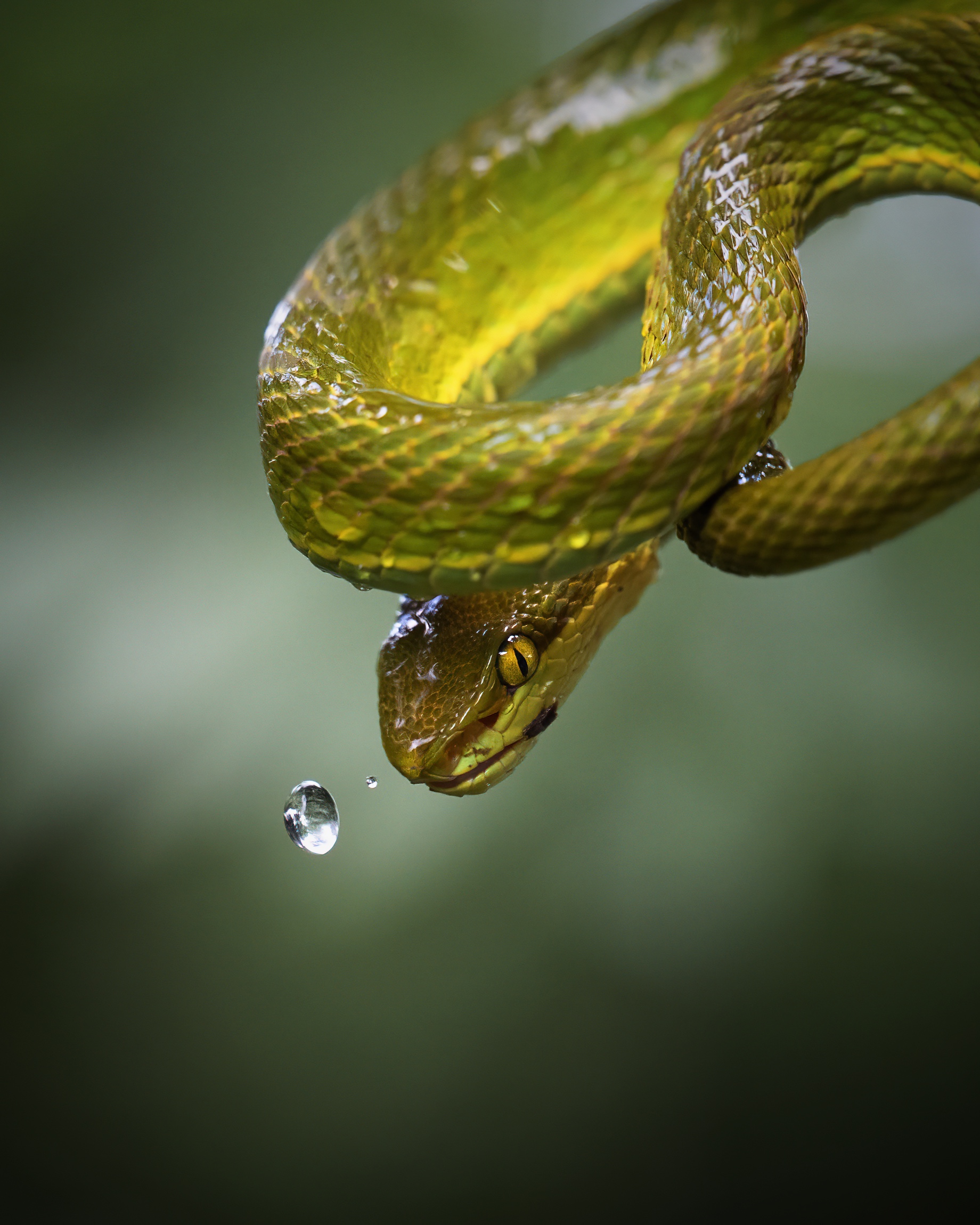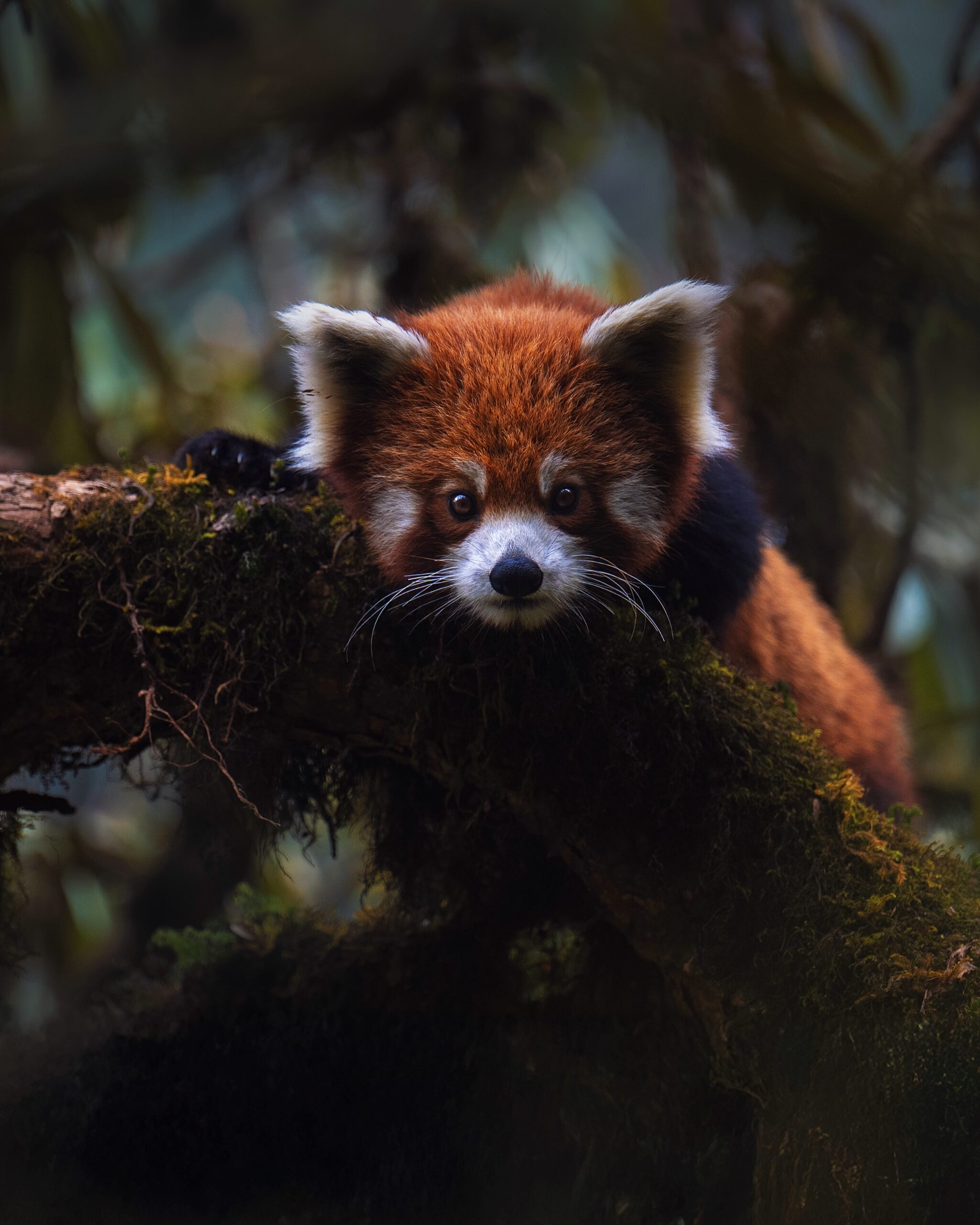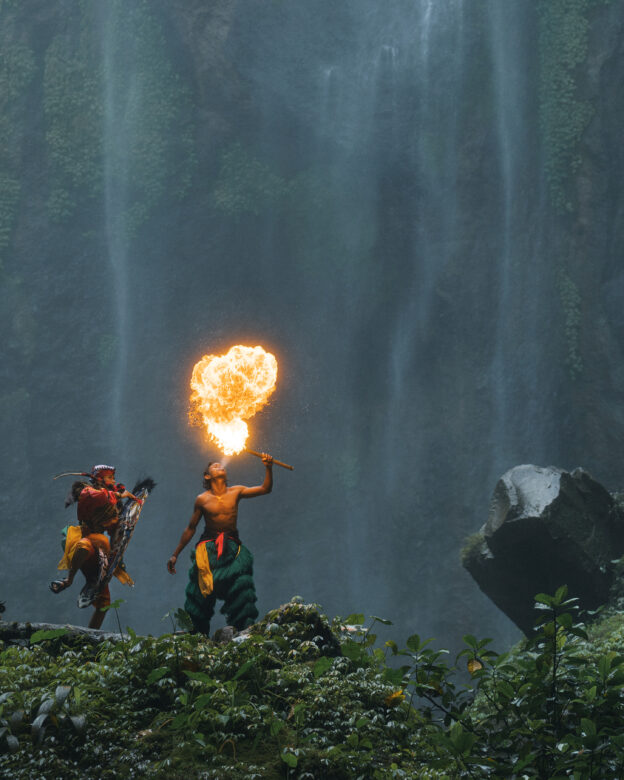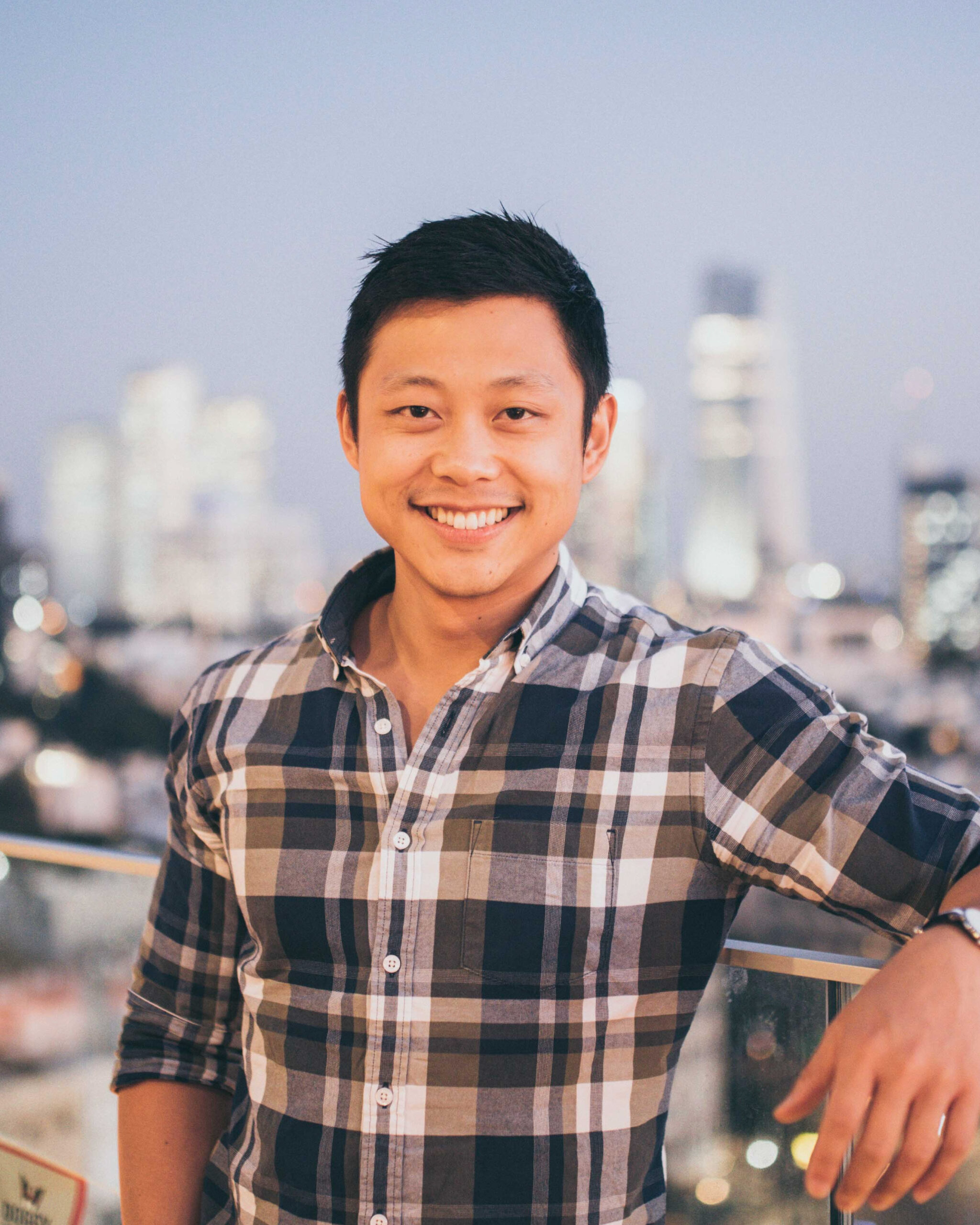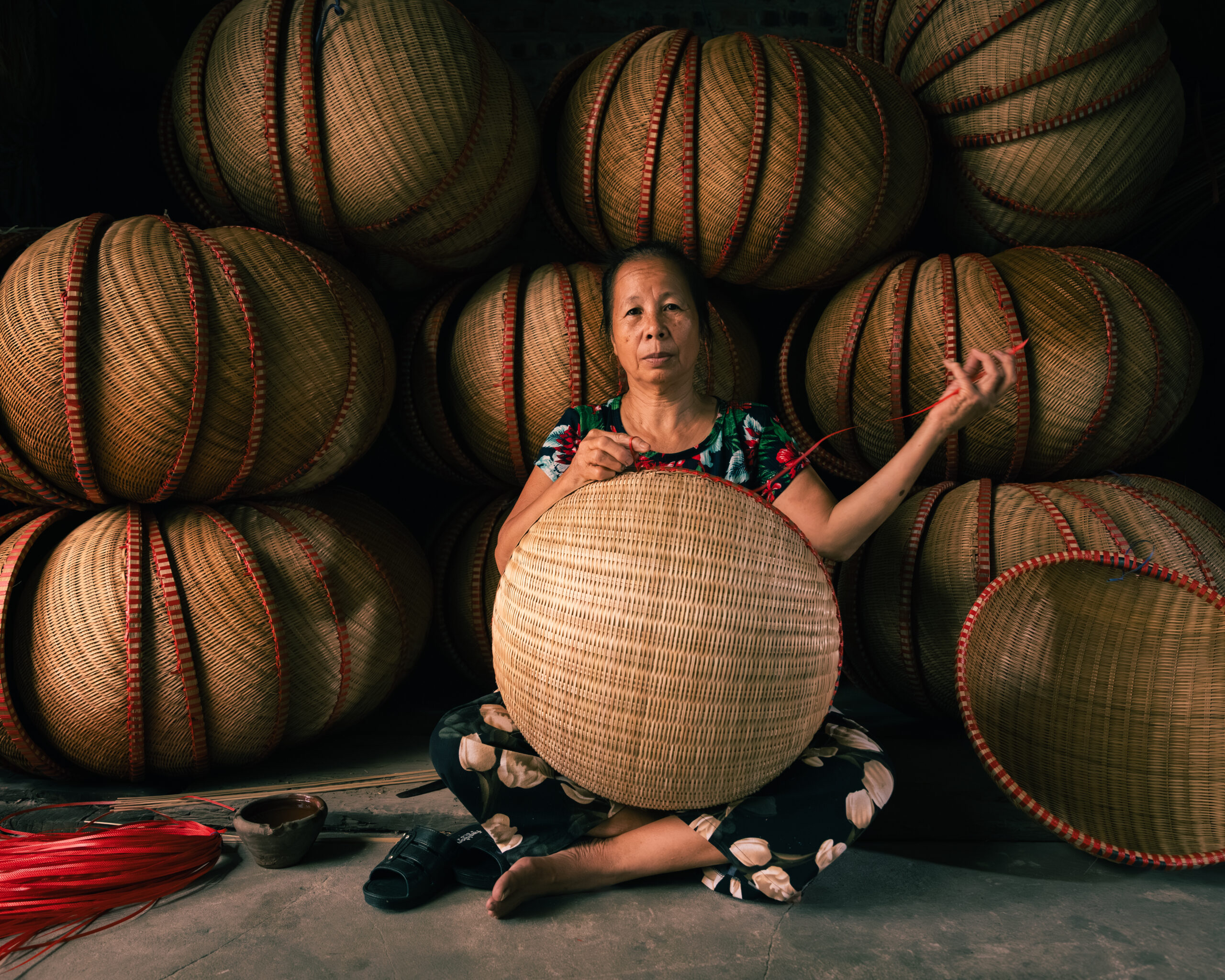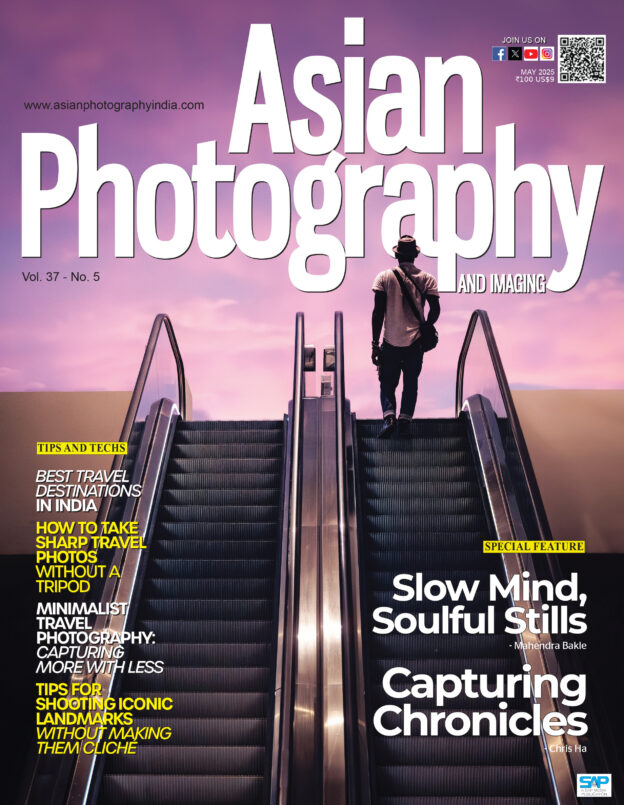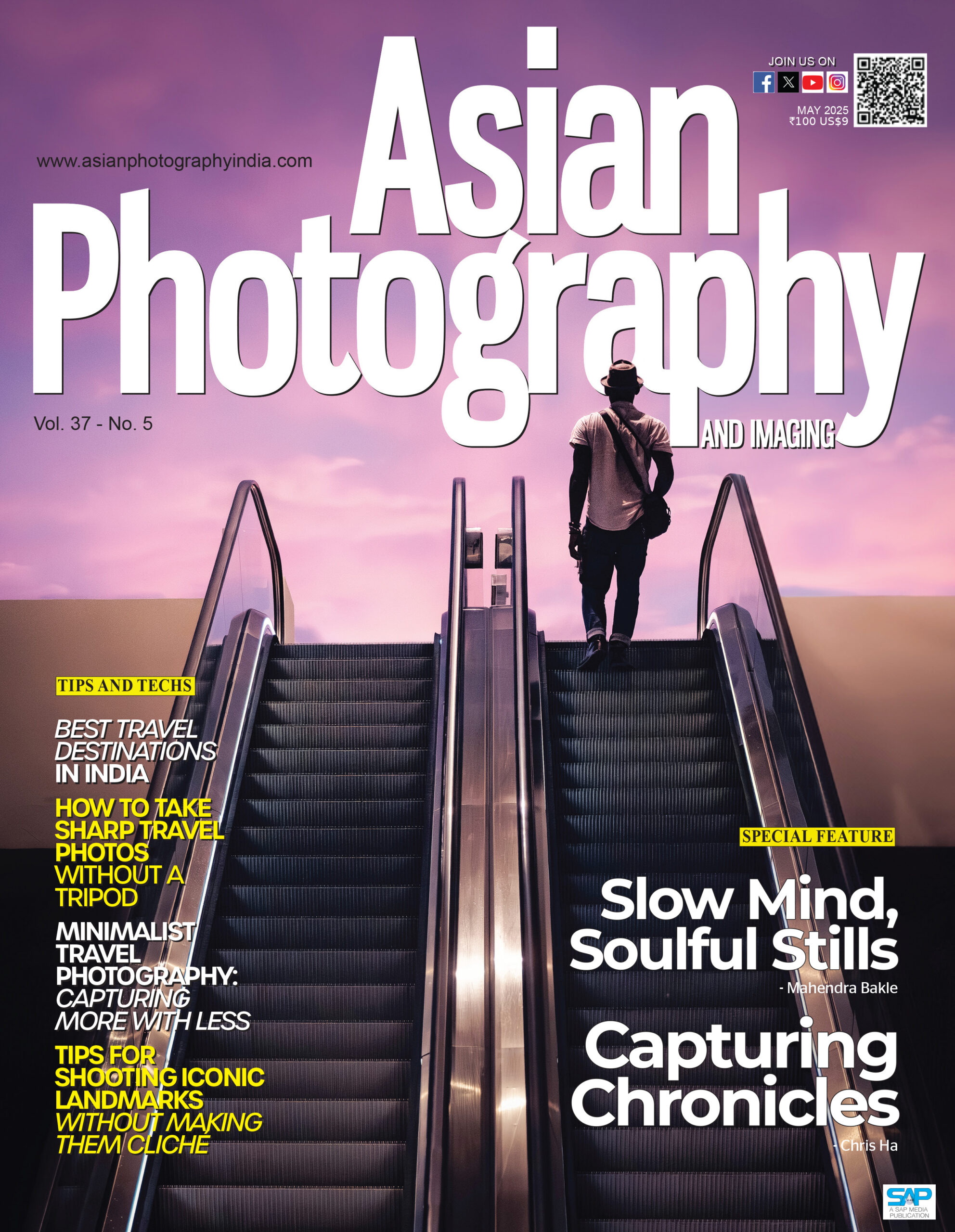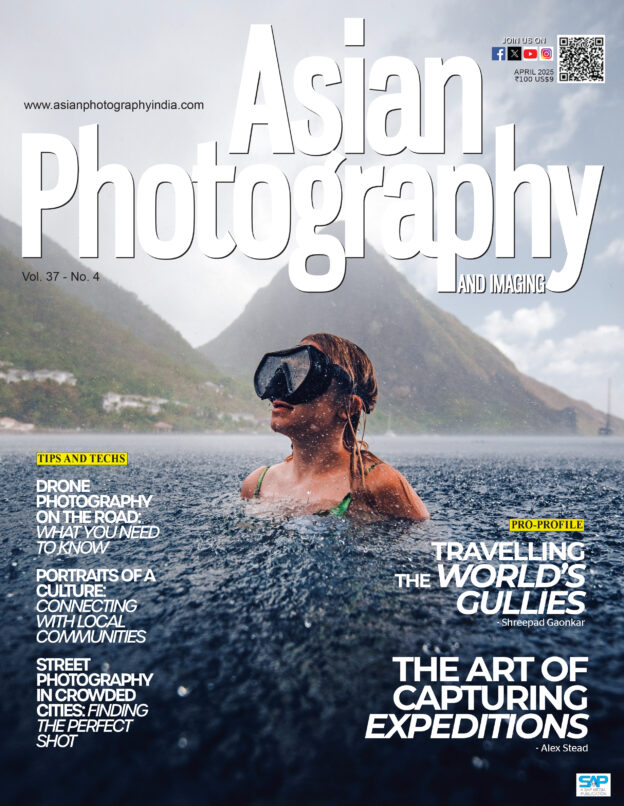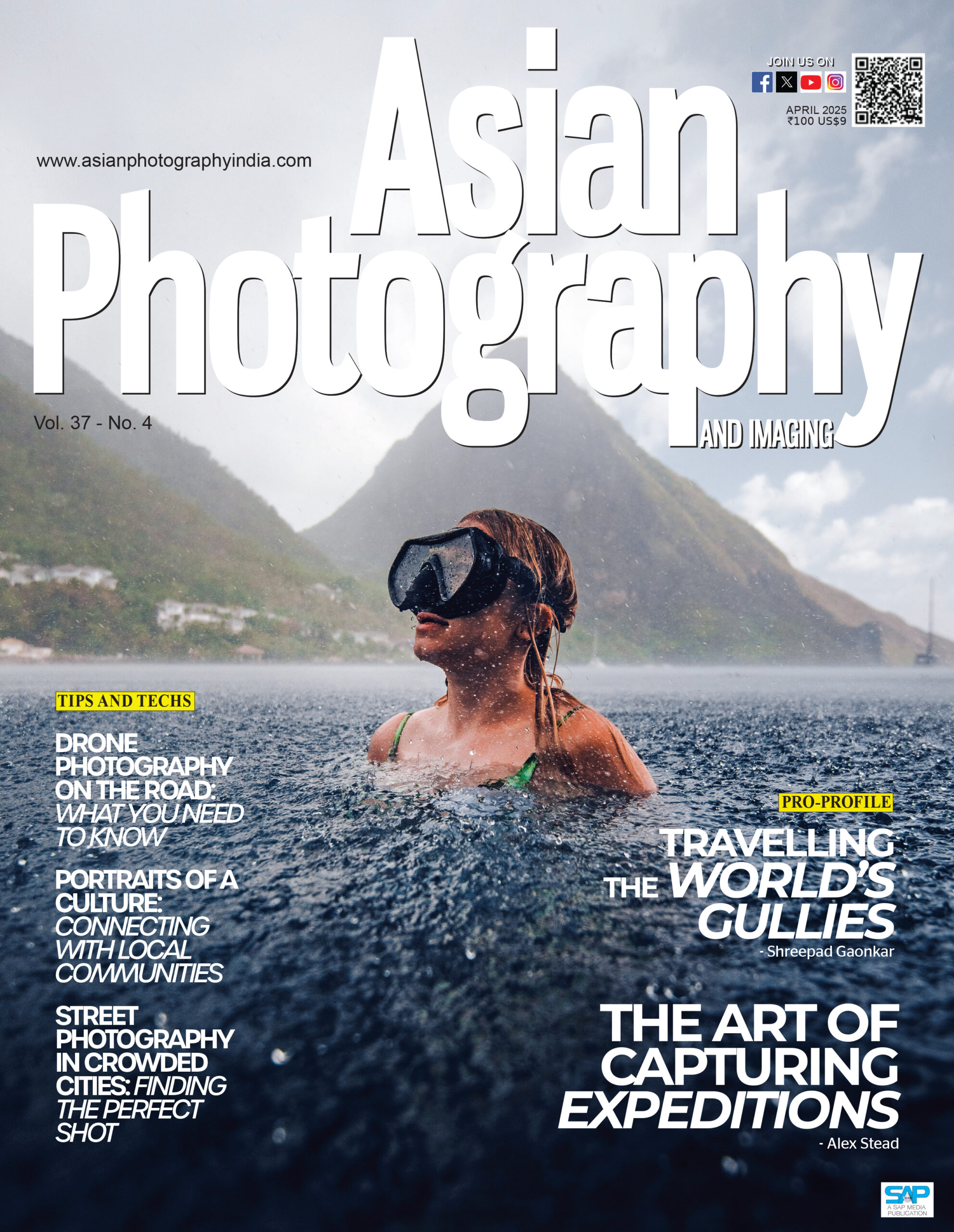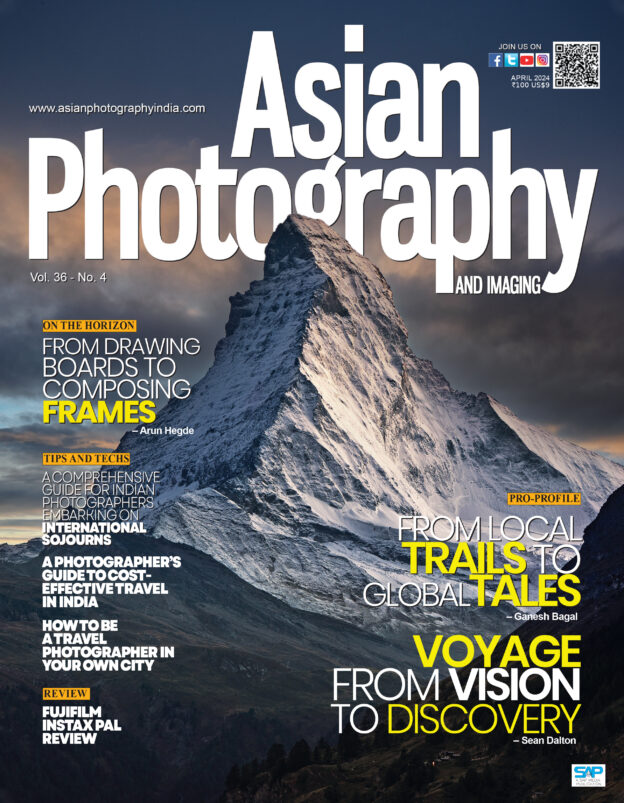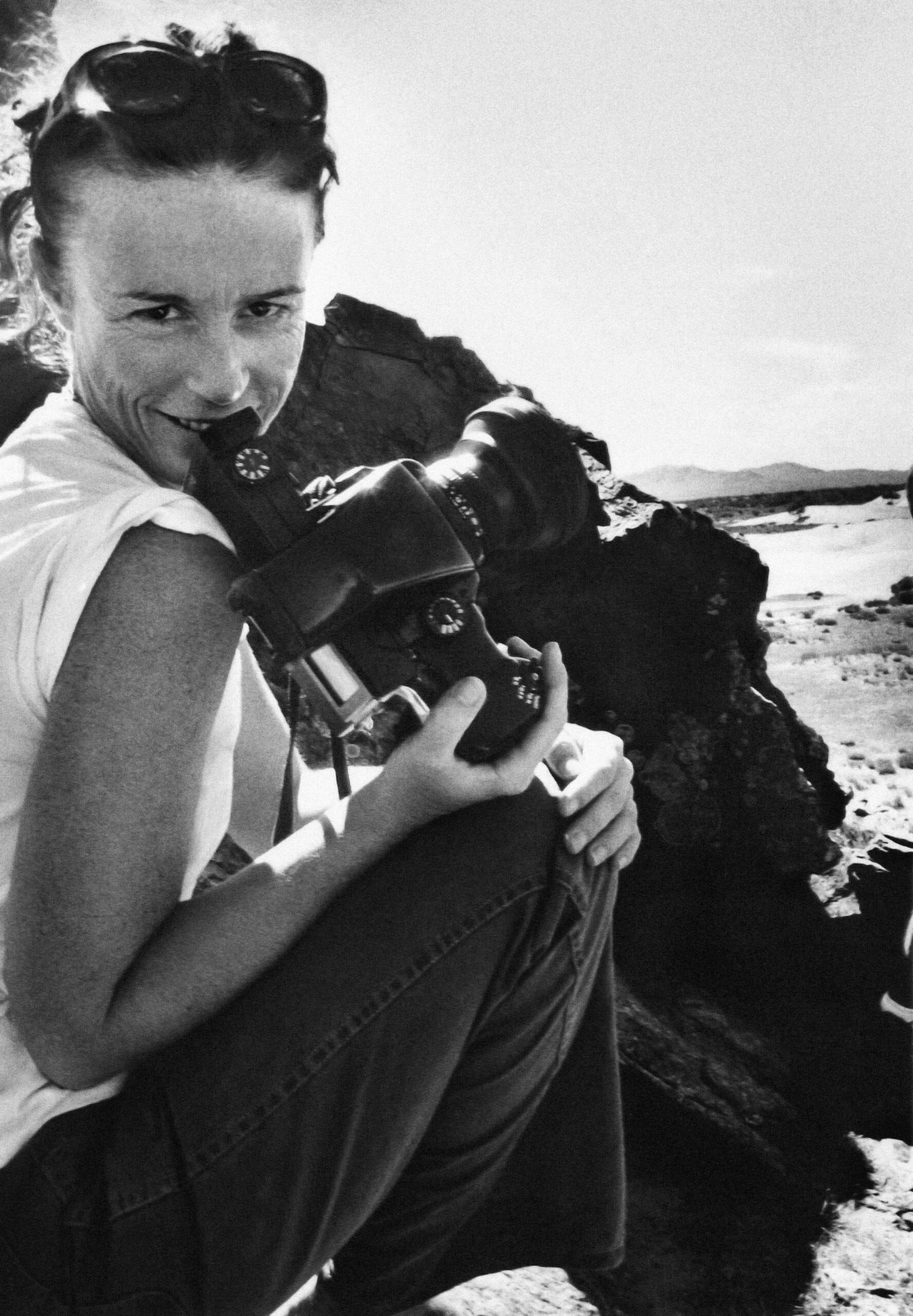
What began as a childhood spent adapting to new cultures transformed into a riveting, memorable career in the world of fashion. Pamela Hanson’s pictures effortlessly speak authentically, trust and openness. Shaped by the film-era discipline, her work has travelled around the world, featured on various covers and is also a permanent part of the Smithsonian.
Asian Photography spoke to her about film-era sensibilities, environments shaping creative vision, the importance of mentorship and more. Excerpts:
How did growing up in multiple places and moving around shape your creative vision?
I’m not entirely sure how to pinpoint it, but I know that my time in Paris had a profound influence on me— everything there feels different. I was captivated by the light, the people, the overall style, and the sheer beauty of the city. It left an imprint on how I see the world and how I approach my work. Growing up as an American in Europe, I often felt like a perpetual outsider.
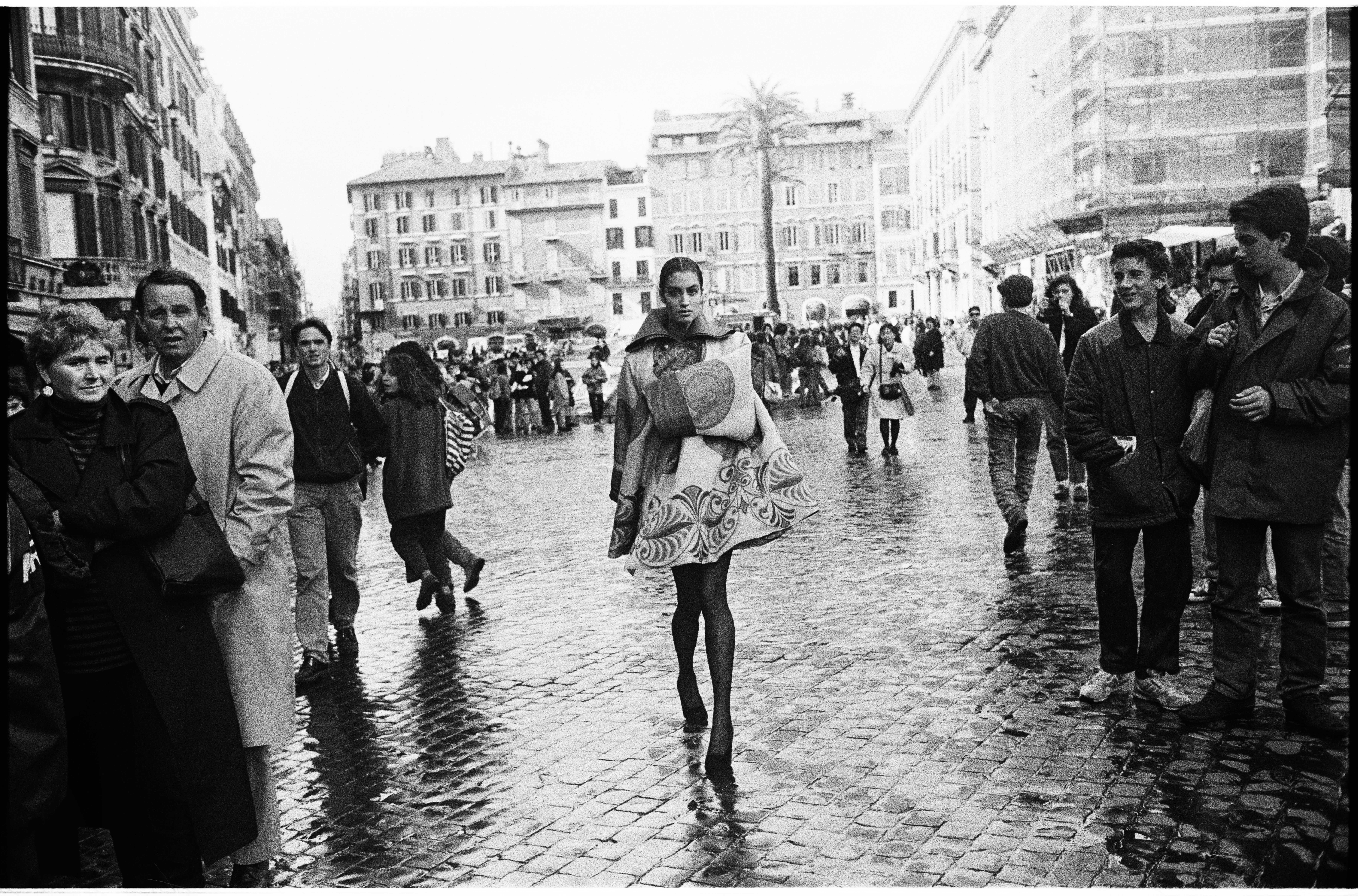
But that sense of being a foreigner turned out to be a gift—it gave me a sense of independence and freedom, allowing me to move through life unbound by a single cultural identity. I’ve always been fascinated by different cultures and people, and I’ve always loved to travel. The constant movement, the exposure to new places, and the experience of adapting to different environments have been deeply inspiring in themselves.
Living in Colorado was another important chapter. It gave me the space and quiet to truly learn the craft of printing and processing in a low-pressure environment. I also had the privilege of living with someone who encouraged me and helped me gain the confidence to pursue photography as a career. I have a particular love for shooting on location, outside of a studio, because every city and country carries its own unique personality. I’ve found that I can get comfortable almost anywhere and even thrive in unfamiliar situations, which has shaped the way I approach photography and life.
How important is mentorship in photography, especially fashion? Could you give us an instance of a mentor opening your eyes to something, like a new perspective?
Mentorship has been incredibly important to me. When I first started shooting in Colorado, I experimented with all kinds of styles and felt like I needed to work strictly within the fashion industry. What I realised, though, is that what I truly love is capturing the human experience—documenting people in life.
After graduating, I started looking at fashion magazines and found myself most drawn to Arthur Elgort’s images. All my favourite photos—the ones I felt were truest to me—were intimate images of my friends and their lives, and that seemed to resonate in his work as well. I tracked him down and met him in New York while figuring out my next steps. He suggested I move to Paris, where I already had friends and spoke the language, and he hired me as a third assistant—mostly as a driver and gofer when he came for shoots. I assisted him around four times on major Vogue shoots, which helped me understand how the industry really worked. This experience was an incredible gift, and I am deeply grateful to him for these opportunities.
How did you build your approach to a photography shoot?
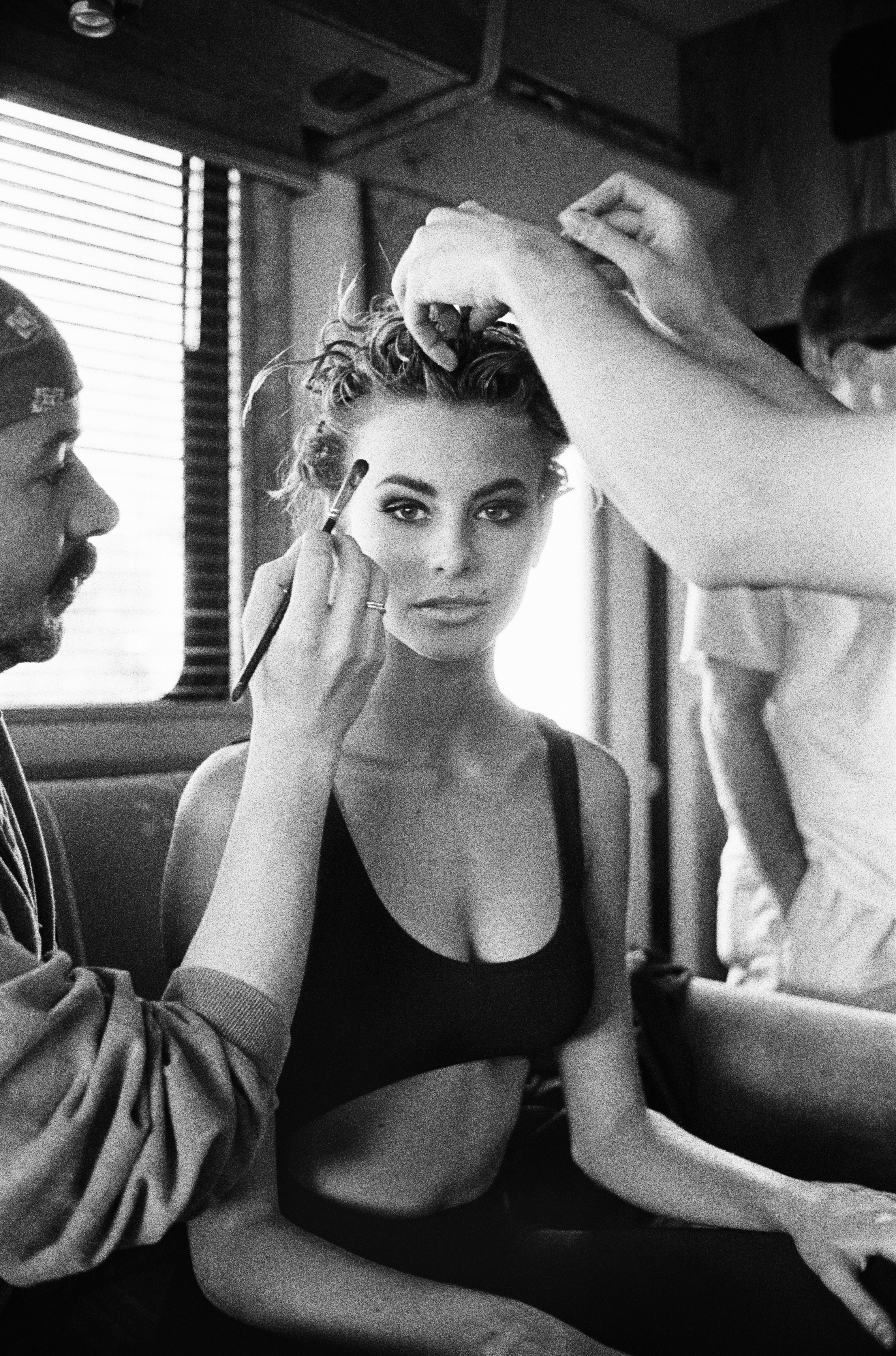
I always spend a significant amount of time talking with the editors or art directors I’m collaborating with, or anyone involved in shaping the story ideas. These conversations are essential because they help me understand the vision, the tone, and the direction everyone wants to take. After that, I try to dig deeper into the specifics—discussing what the fashion theme might be, who the celebrity or subject is, and what projects they are currently working on or promoting. This helps me tailor the concept so it feels authentic and engaging.
Once I have a clear understanding of the project, I dive into research. I look at stories in cinema, photography books, and other visual references that can help me create a mood for the shoot. This not only informs the aesthetic, but also gives the subject inspiration and context for their role in the story. Whenever possible, I like to meet or speak with the subject beforehand—it’s incredibly valuable for building rapport and understanding how to bring out the best in them during the shoot. I also believe it’s crucial to continually expose yourself to a wide range of creative influences. Looking at books, movies, art, and exhibitions keeps me inspired, helps me refine my voice, and ensures my work stays fresh. Inspiration can come from anywhere, and staying curious allows me to approach each project with new perspectives and ideas.
Building on the approach, how do you balance the creative needs and capturing organic moments?
I try to stay open to what might happen in the moment on set, embracing organic developments that aren’t forced, and resisting the urge to be too rigid or overly controlled. I spend a lot of time thinking, planning, and preparing beforehand, considering all the technical and creative aspects, but once I’m on set, I leave myself room to respond to whatever naturally arises. Sometimes this can be as simple as noticing how the light falls and figuring out how to make the weather work in my favour, or sensing someone’s mood and adjusting accordingly.
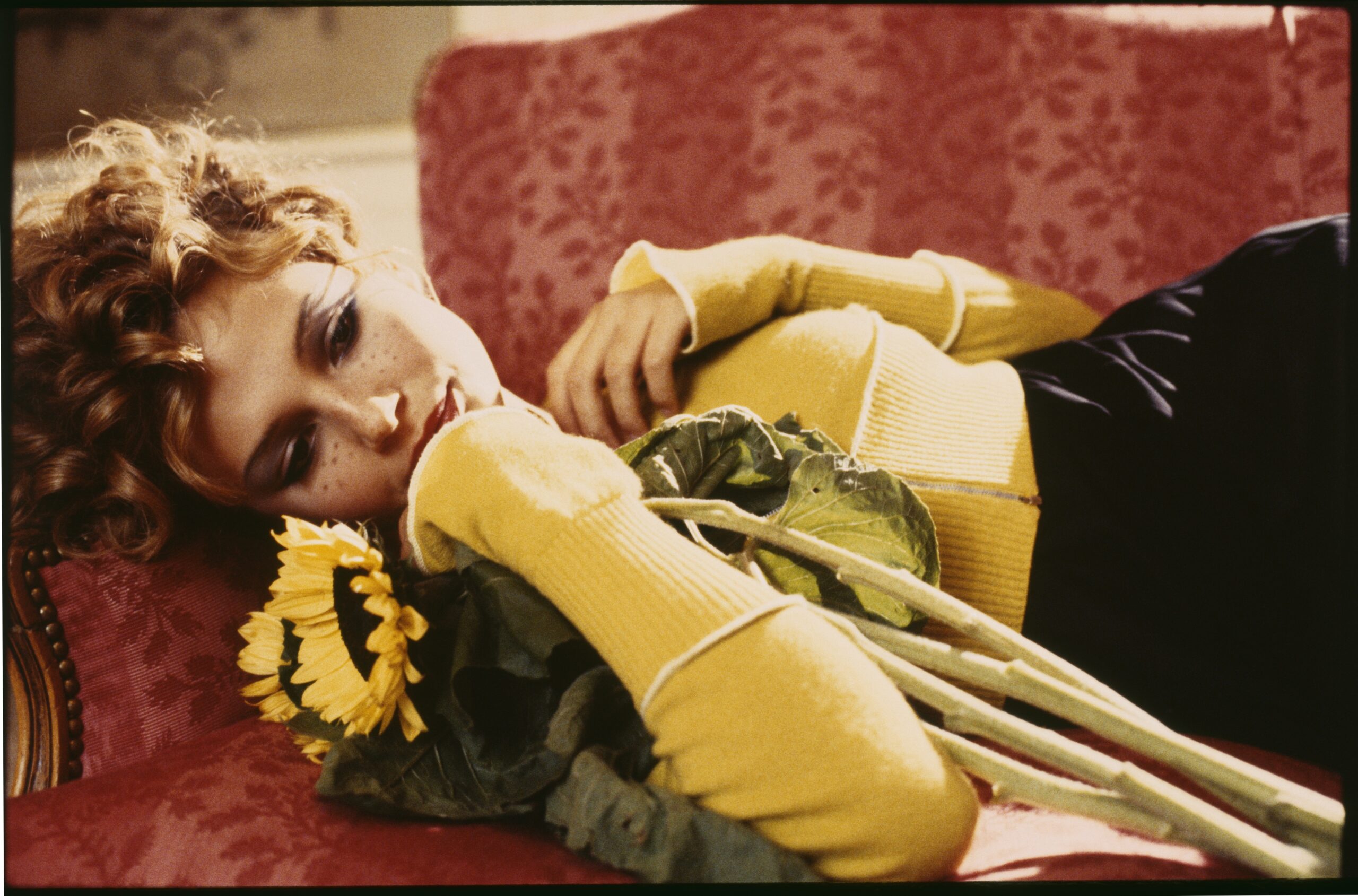
Anything can happen when a group of people comes together, and the beauty of the process is in staying flexible and attentive. I try to remain open to all possibilities and to use whatever is available to craft the best images I can in that moment. It’s about responding to circumstances rather than imposing too rigid a structure, about being present and mindful of what is in front of you, and finding inspiration in unexpected moments.
At the heart of it, I believe it’s essential to stay open, keep learning, and remain true to what you see and love, trusting your own instincts above all else. It’s far too easy to get lost in what you think you “should” be doing, in the expectations of others, or in imagined judgments. These external pressures can cloud the creative process. By staying true to yourself and trusting your own vision, you allow authenticity and originality to guide your work. That trust—both in yourself and in the process—is what allows for moments of real magic to unfold.
What are your earliest learnings about sensibility from the film-era that still stay relevant today?
My earliest learnings about sensibility came from shooting film, and they still anchor my work today. I still shoot film stock and print those images in my studio. When you learn on film, you learn to slow down and pay attention—to light, weather, gestures, to emotion, to quiet transitions that happen in front of the lens. When every frame costs something, you learn to wait for the moment rather than shoot our way toward it. That cultivated a kind of intentionality that digital technology hasn’t replaced.
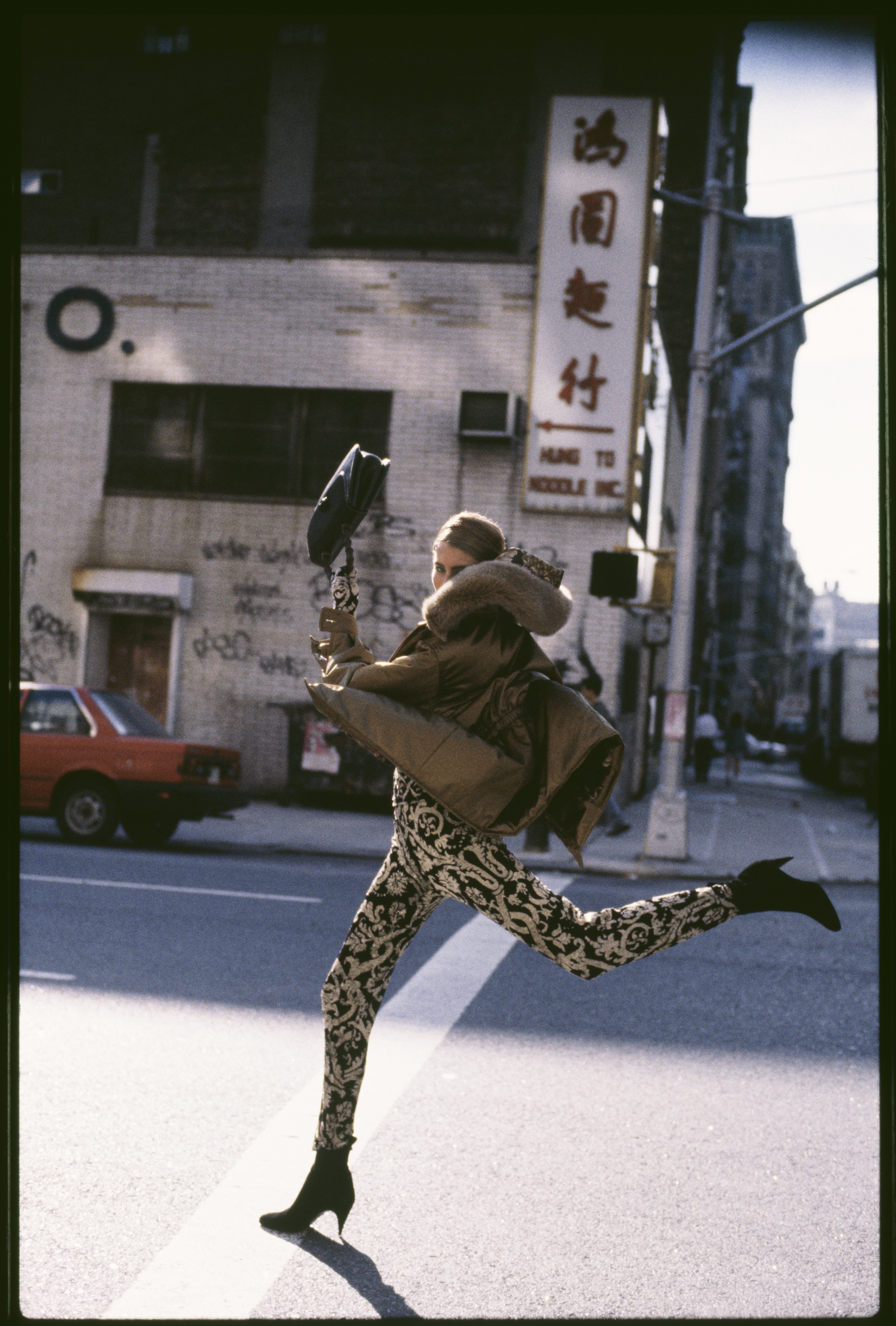
Film also taught me to trust my instincts. Without the ability to check the back of a camera, you develop an internal meter—not just for exposure and technical understandings, but for feeling. You learn to sense when the picture is there, even before you take it. That sensibility becomes a way of seeing that never leaves you.
And maybe most importantly, the film era taught me to embrace imperfection. Grain, softness, the way light behaved on different stocks—these weren’t flaws; they were part of the photograph’s soul. Even now, with all the precision digital offers, I still look for that humanity and texture in every image. Retouching and photo manipulation were virtually nonexistent in the way we know them today, so the honesty of the image mattered—you had to get the moment, the expression, the energy, and the crops in camera.
My new book, Pamela Hanson: The 90s, released by Rizzoli this year, is a reminder of how deeply that sensibility shaped me. The photographs—all shot on film in the late 80s and 90s—have a kind of authenticity and immediacy that can only come from that era’s process. Revisiting those negatives reaffirmed what film taught me from the beginning: that sensitivity to atmosphere, connection, and timing is timeless.
As someone who’s built deep, trusting relationships with your subjects, how do you see the “female gaze” evolving in fashion photography?
I’m not particularly fond of that expression because it can feel limiting, as if all women see or create in the same way. I think it’s less about a “female gaze” and more about a personal gaze. Everyone brings their own perspective, experiences, and instincts to their work, so subjects naturally respond differently to each photographer. In reality, every photographer—regardless of gender—brings a unique blend of personality, intuition, lived experience, and emotional sensitivity to their work. Because of that, subjects respond differently to each of us. The dynamic between photographer and subject is incredibly nuanced, shaped by trust, energy, curiosity, and the very particular way one person sees another.
What is exciting to me about evolutions in fashion photography is seeing how many incredible female photographers are out there today, creating powerful, innovative images and reshaping the landscape of visual storytelling. It’s inspiring to witness such a wide range of voices contributing to the medium as well as in film.
Any tips for upcoming photographers to find their voice in the crowd today?
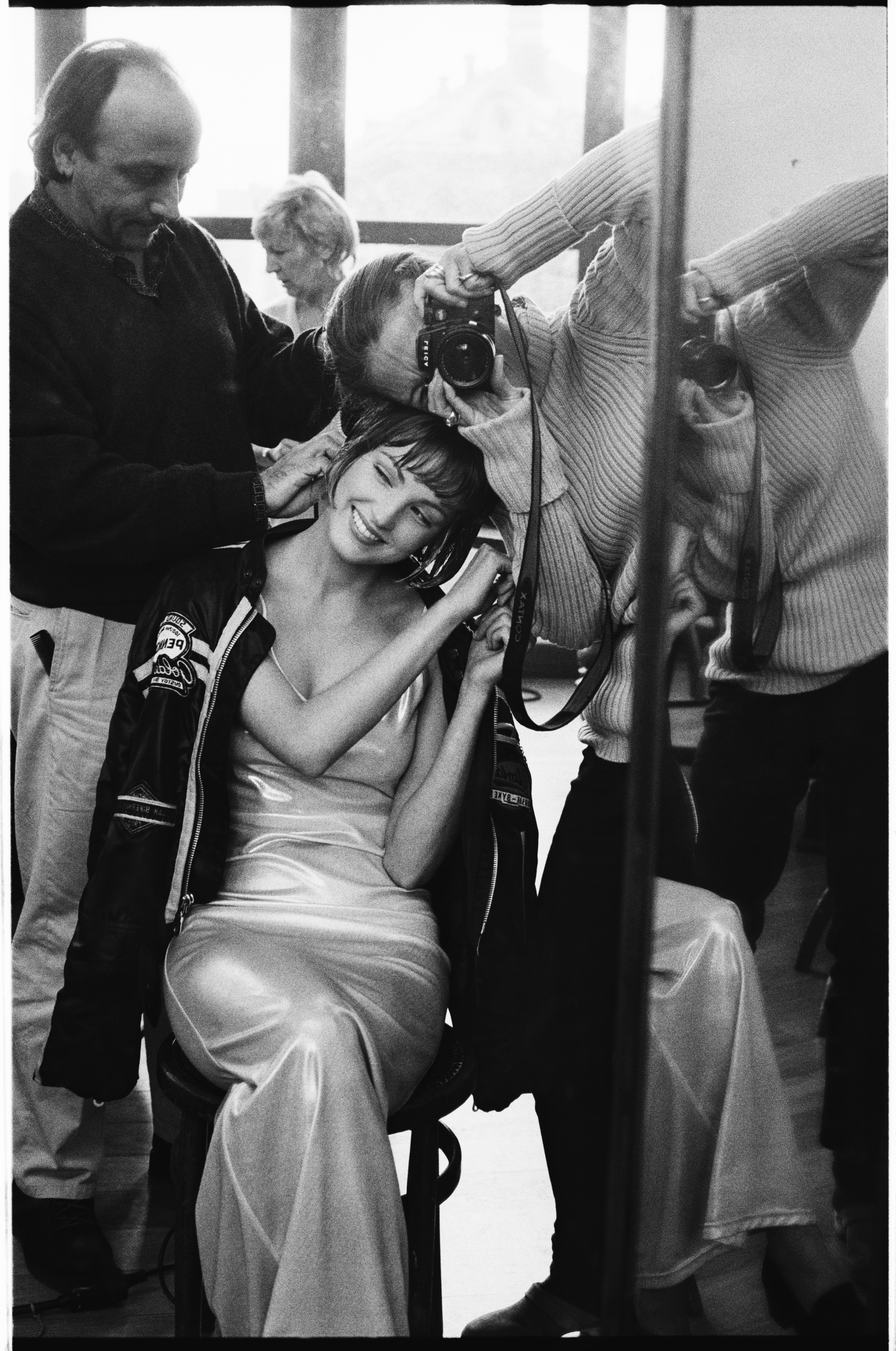
I imagine it must be incredibly challenging, especially now when there are so few magazines and so many photographers all competing for attention. The landscape is crowded, and it can be easy to feel unsure of your own direction. But I would say the most important thing is to trust your Eye and trust your instincts. Try not to spend too much time on social media as it’s so easy to get swept up in what everyone else is doing, and before you know it, you’re being influenced in ways you don’t even realise.
At the same time, keep yourself educated and stay curious. Never stop learning or looking for new sources of inspiration, whether that’s through books, exhibitions, conversations, travel, or simply observing the world around you. The more you feed your mind and broaden your perspective, the stronger and more personal your work becomes. Balancing constant growth with a commitment to your own vision is what ultimately shapes your voice as a photographer.

